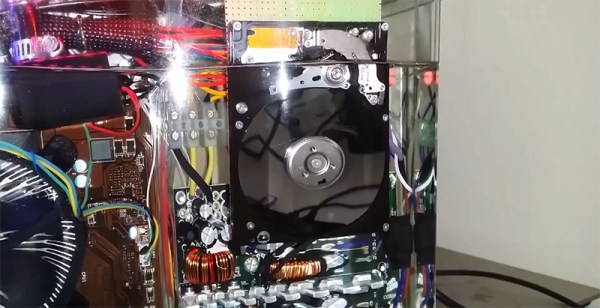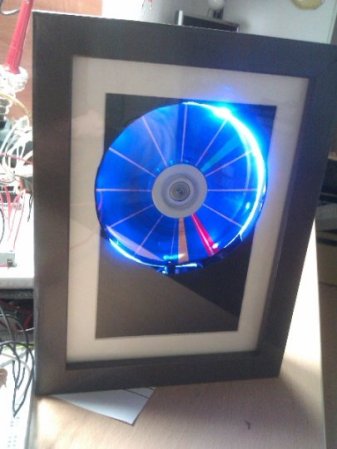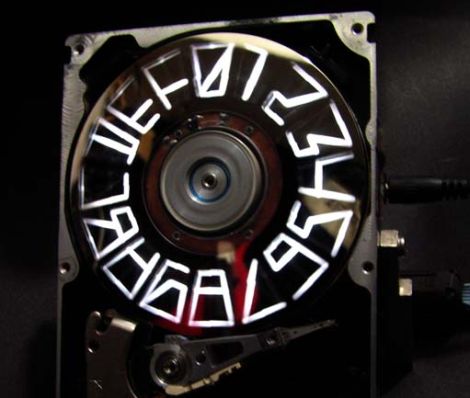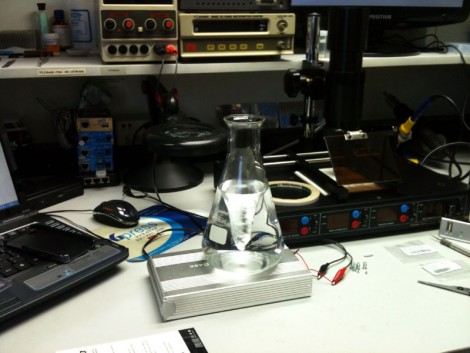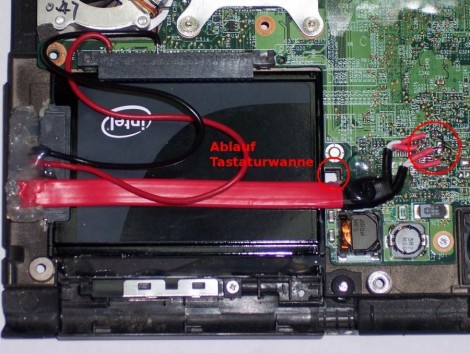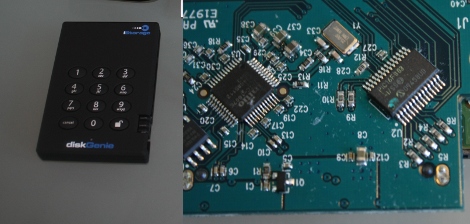A while ago [Frank Zhao] built a computer in an aquarium. It’s exactly what you would expect – a bunch of parts stuffed into a container filled with mineral oil. Yes, there’s an i7 and a GTX970 in there, but there’s also a bunch of neopixels and a neat little bubbling treasure chest. That wasn’t enough for [Frank], and he wanted to add a HDD activity monitor. What’s the most absurd activity monitor for an SSD? An old platter-based drive, of course.
The build is relatively simple and something [Frank] put together from spare parts in a day. After cracking open an old PATA hard drive, the voice coil for the hard drive arm was connected to the motherboard’s HDD activity signal through a few MOSFETs. The platter motor is controlled by an MTD6501 motor driver, set to spin up when the circuit is on.
It’s a kludge as far as controlling the components of a hard drive go, but that’s not really the point. It’s just a neat project to show when the SSD in the aquarium computer is being accessed. That said, the activity monitor is currently disconnected because the old HDD is so freakin’ loud. It looks really cool, though.

